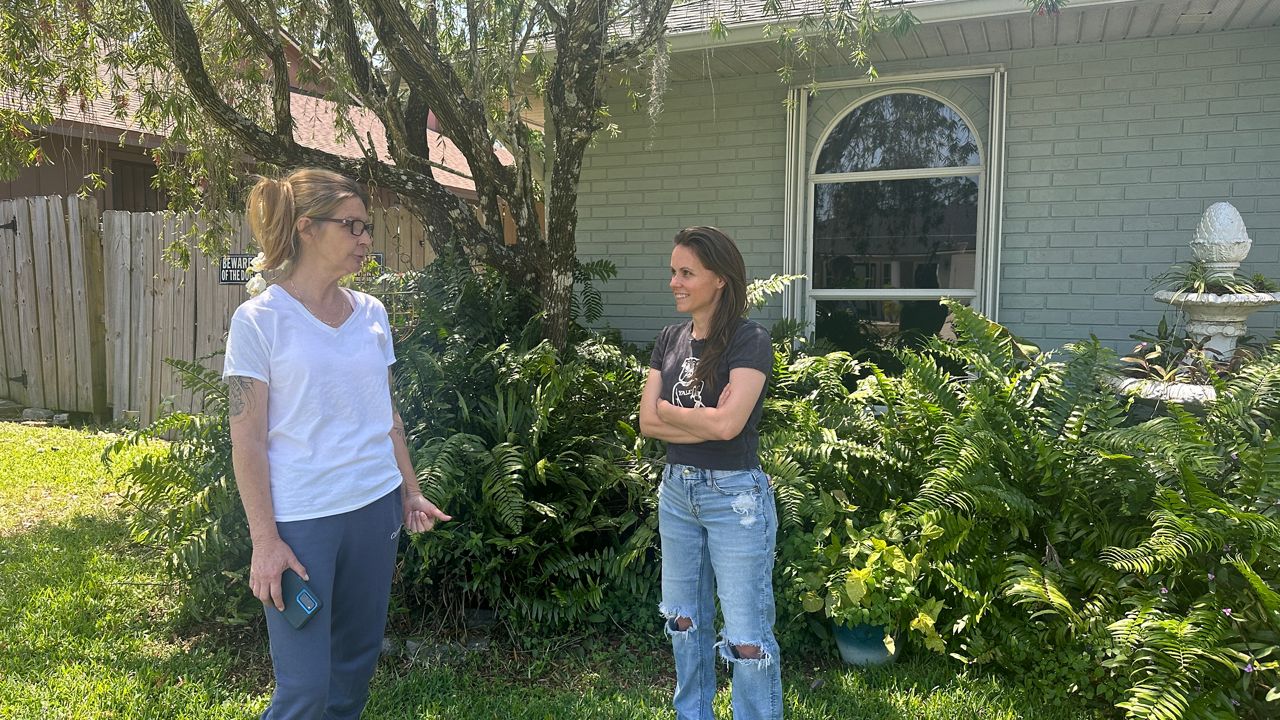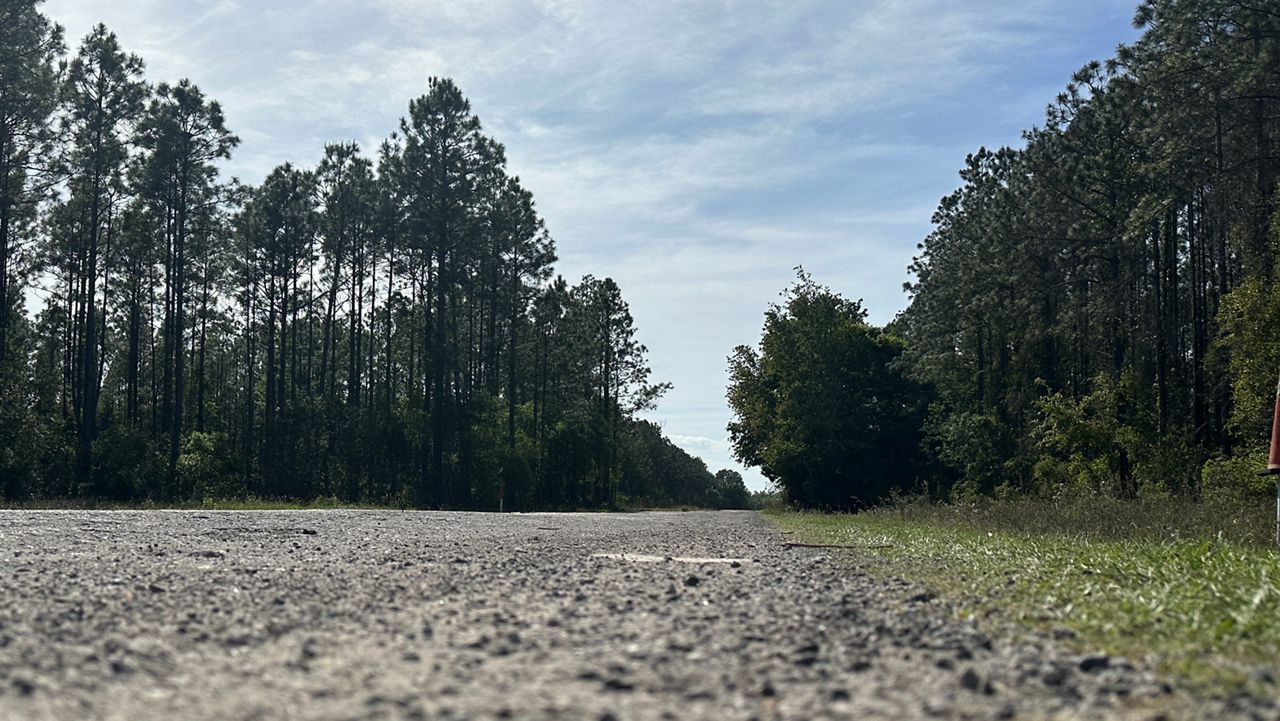DELTONA, Fla. — Before the COVID-19 pandemic, Jayne Rocco managed 15 rental properties in Daytona Beach. Now, she’s down to nine — and looking to sell the rest as quickly as possible.
What You Need To Know
- More than half of the U.S. rental housing stock consists of single-family homes
- Until Oct. 3, the CDC’s eviction ban applies to counties with substantial COVID cases
- Currently, 93% of U.S. counties haves "substantial or high levels" of COVID transmission
- NHRC survey: 32% of single-family rental owners need to sell one or all their properties
“Financially, I can’t do it,” Rocco said. “I’m tired of tenants, you know, chasing them for the rent, feeling like they’re entitled, that they don’t have to pay.”
Rocco has been a landlord for 25 years and says eviction is always her last resort. The majority of her tenants have been reliable and communicative throughout the pandemic, Rocco said, but she has incurred major financial losses because of the few who haven’t.
“The costs going up, it’s been terrible,” Rocco said, referencing the cost of building materials, which have skyrocketed during the pandemic.
Rocco said she recently struggled to replace a window for one of her properties, encountering prices as high as $750 and wait times as long as six months.
At one property where she rents two separate homes, Rocco says she recently paid to renovate one home’s kitchen and bathroom, even though the tenants there haven’t been paying rent on time or consistently since they moved there in May.
“I took out a second mortgage to fix it up,” Rocco said. “I just break even on the two houses, so every month, I'm having to come up with $1,000 out of my pocket, at least.”
Rocco said she’s hired those struggling tenants to work on some of her properties to pay off their back rent, but they still haven’t reached an understanding. Those tenants declined to comment for this story.
Overwhelmingly, the majority of the country’s rental housing stock consists of single-family homes, owned by smaller landlords like Rocco. A survey of more than 1,000 such rental home owners conducted by the National Rental Home Council this spring found 32% of landlords were forced to sell one or all of their properties.
Economic experts have warned that eviction bans could end up inadvertently making housing even less affordable than it is now, if too many landlords sell off their properties to larger investors interested in yielding even bigger profits.
“In the short run, landlords don't want to rent to people and in the longer run, it will reduce the supply of affordable housing,” economic analyst Hank Fishkind told Spectrum News in an interview last year. “None of that is what was intended.”
Eviction bans implemented at the state and national level have been effective at curbing the spread of COVID-19, research indicates. Expiring eviction bans were associated with 433,000 excess COVID-19 cases, and 10,700 excess deaths, according to research published in the American Journal of Epidemiology earlier this year.
For her part, Rocco said she recently began using a month-to-month lease for new tenants, in an attempt to avoid dealing with the Centers for Disease Control and Prevention’s eviction ban.
Under Florida law, landlords only need to give tenants a 15-day notice to vacate when a month-to-month lease is in effect. Rocco said she served one 15-day notice Sunday and hopes that the tenant will leave on his or her own, without Rocco having to file an eviction.
Thirty percent of respondents to the NRHC survey said they’d be forced to tighten their standards for evaluating rental applications going forward.
“Landlords are being really careful who they put in there now,” Rocco said. “They’re really checking, they’ve raised the rates, or they’re just not renting [properties]. They’re not gonna take a chance on getting somebody in there that they can't get out.”
Molly Duerig is a Report for America corps member who is covering Affordable Housing for Spectrum News 13. Report for America is a nonprofit national service program that places journalists in local newsrooms to report on undercovered issues.









